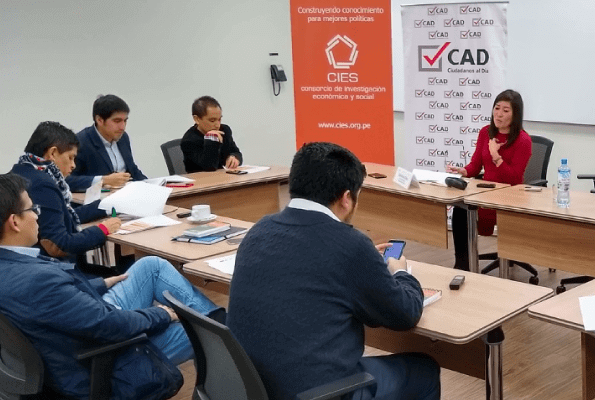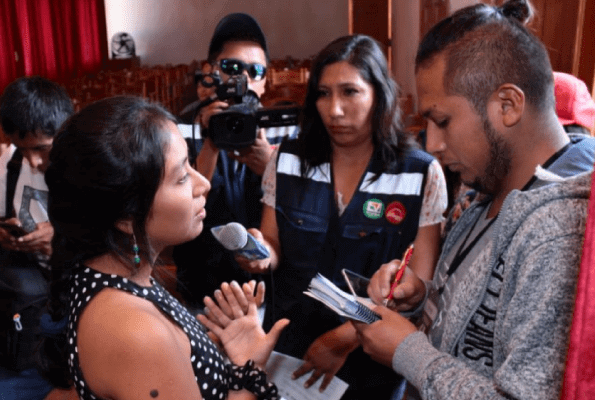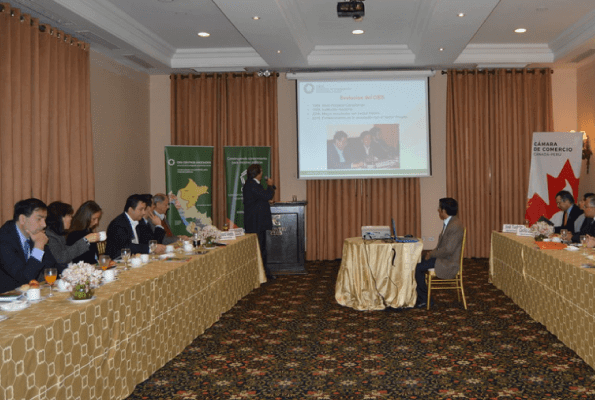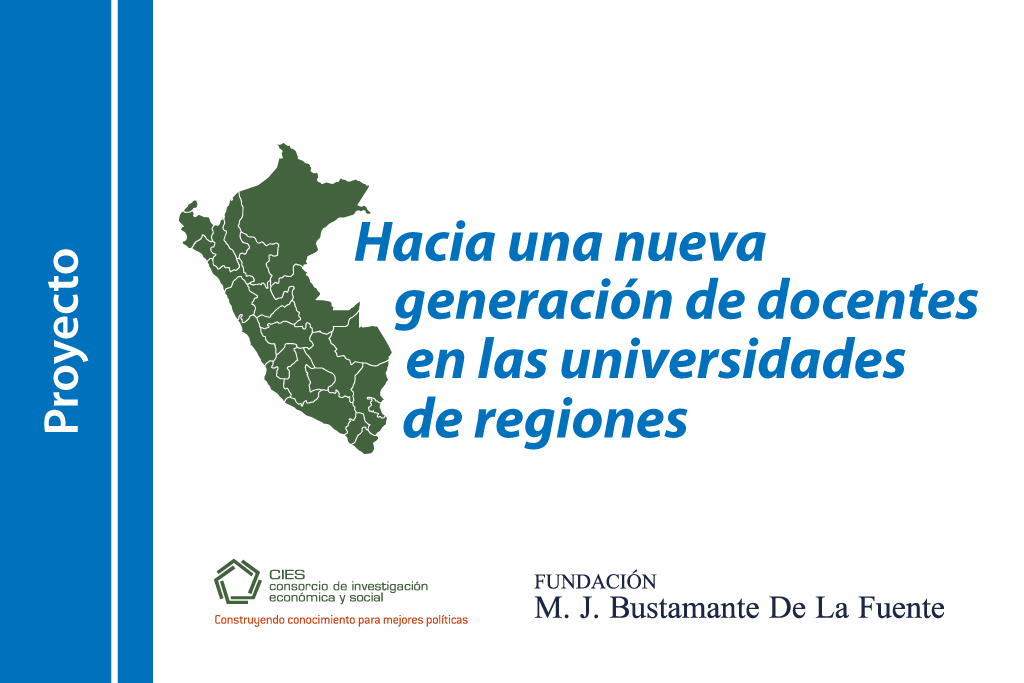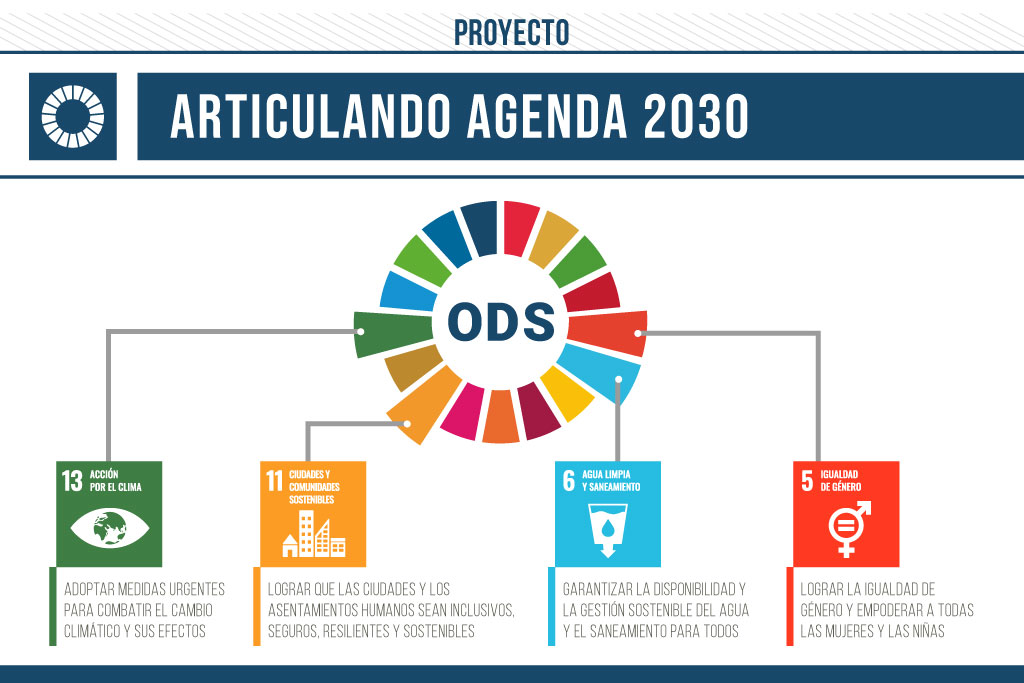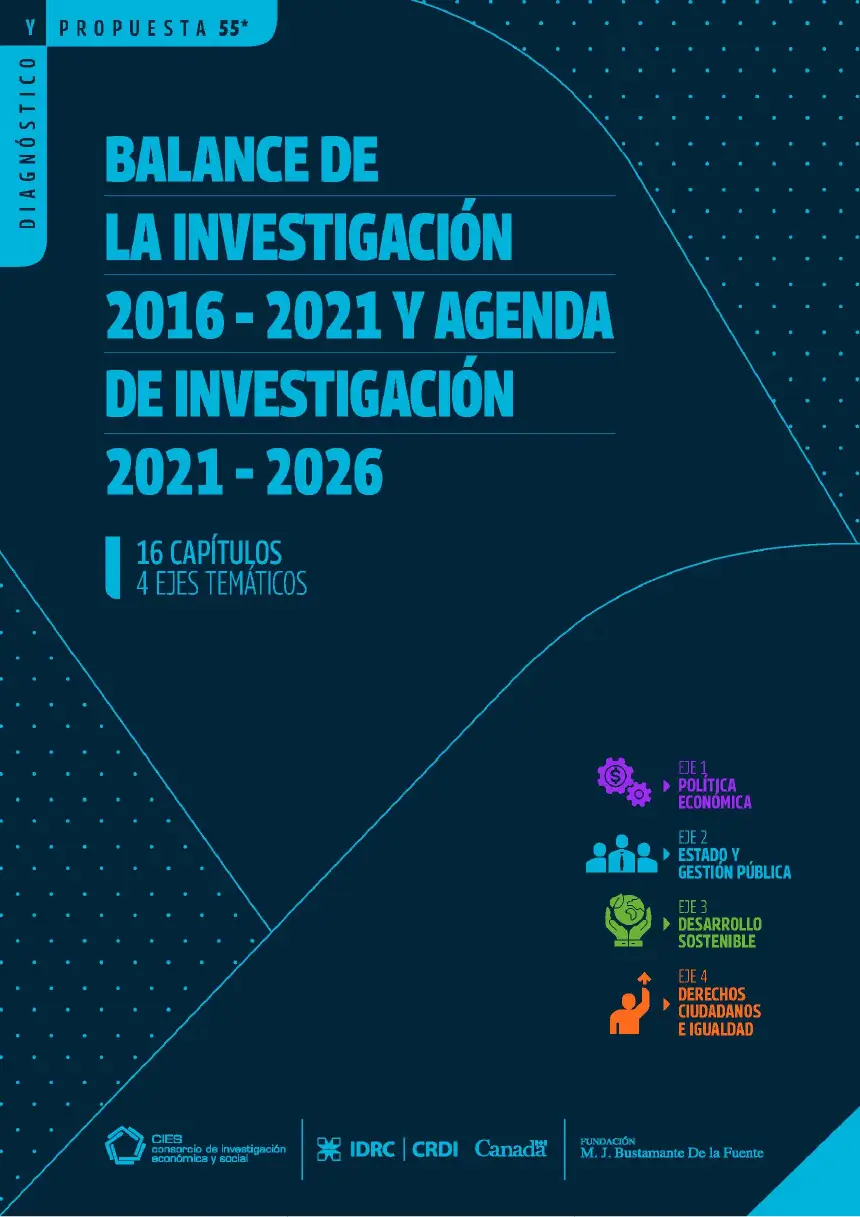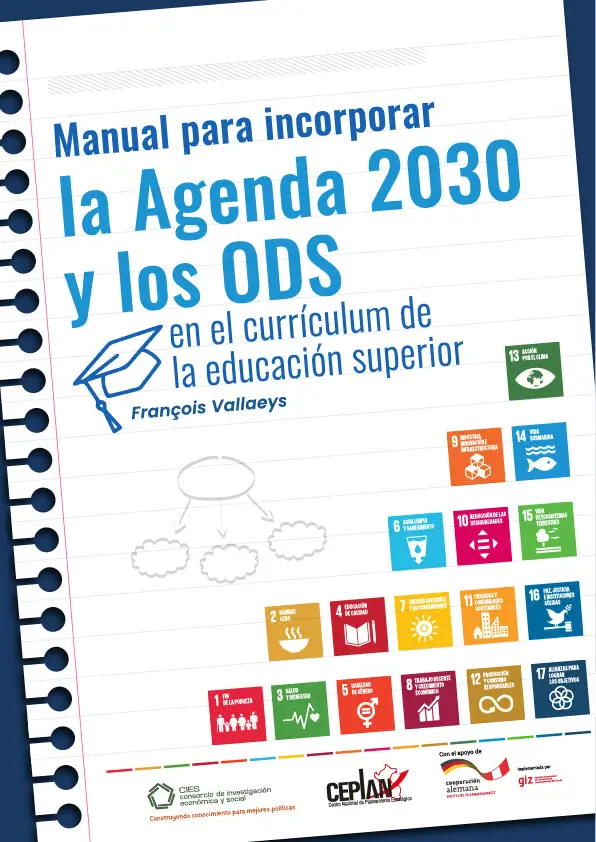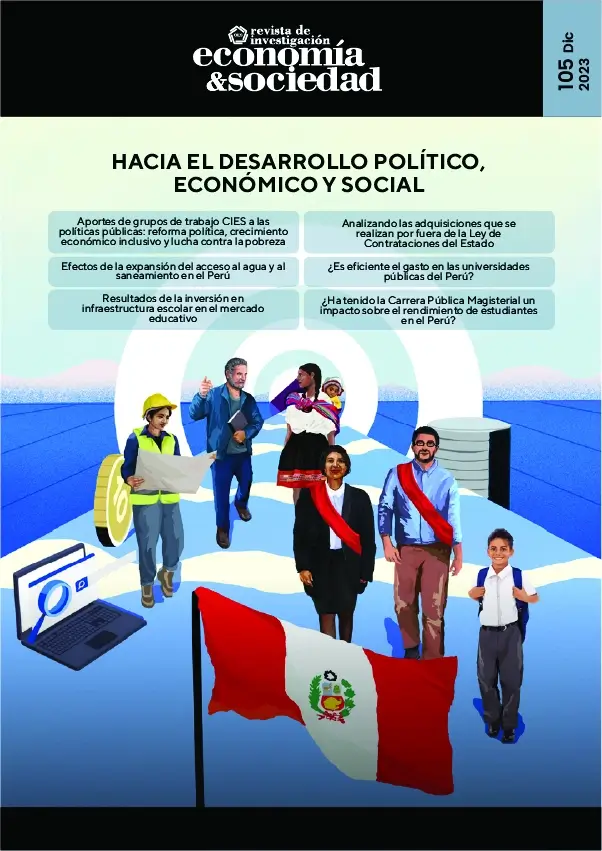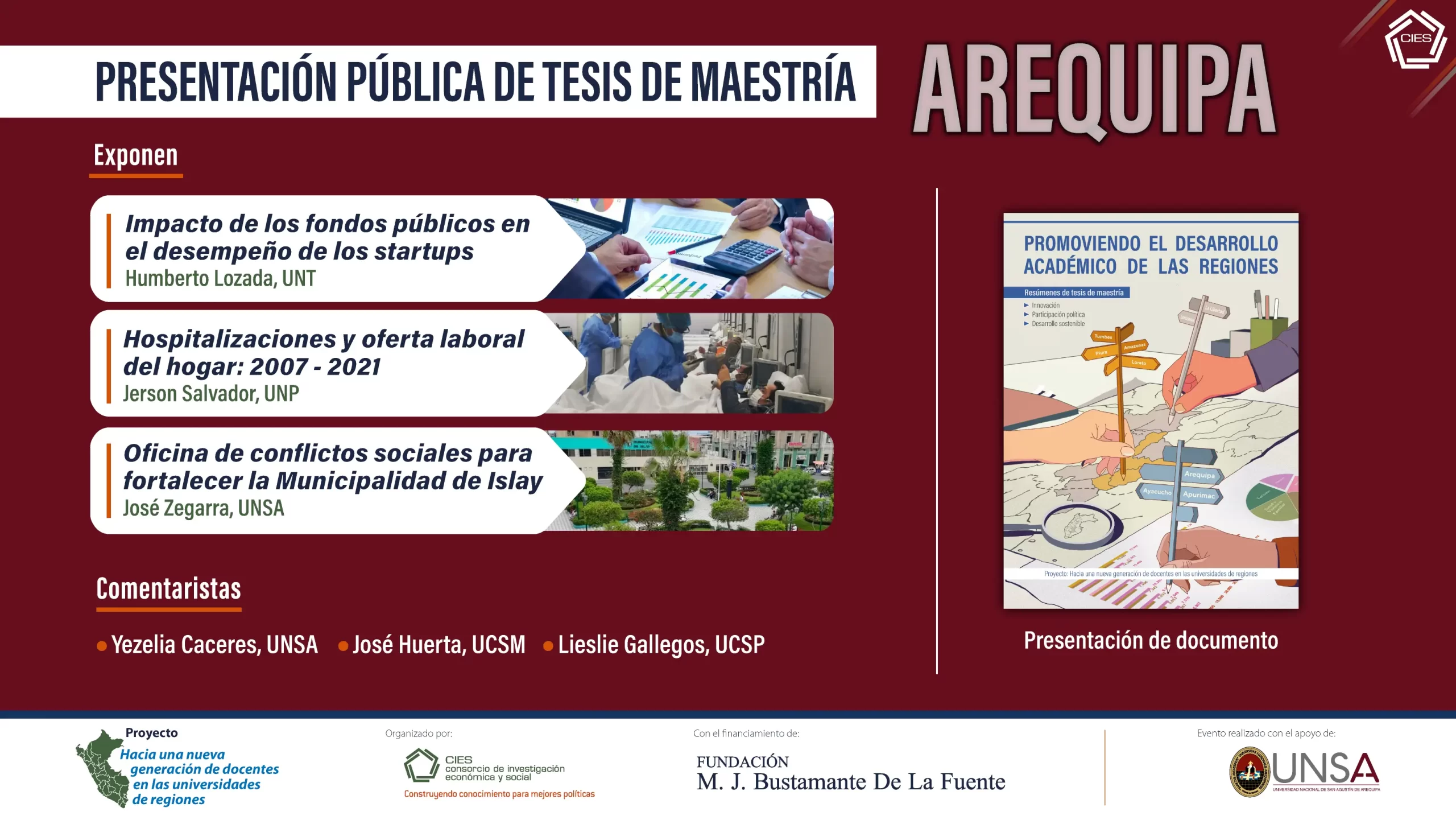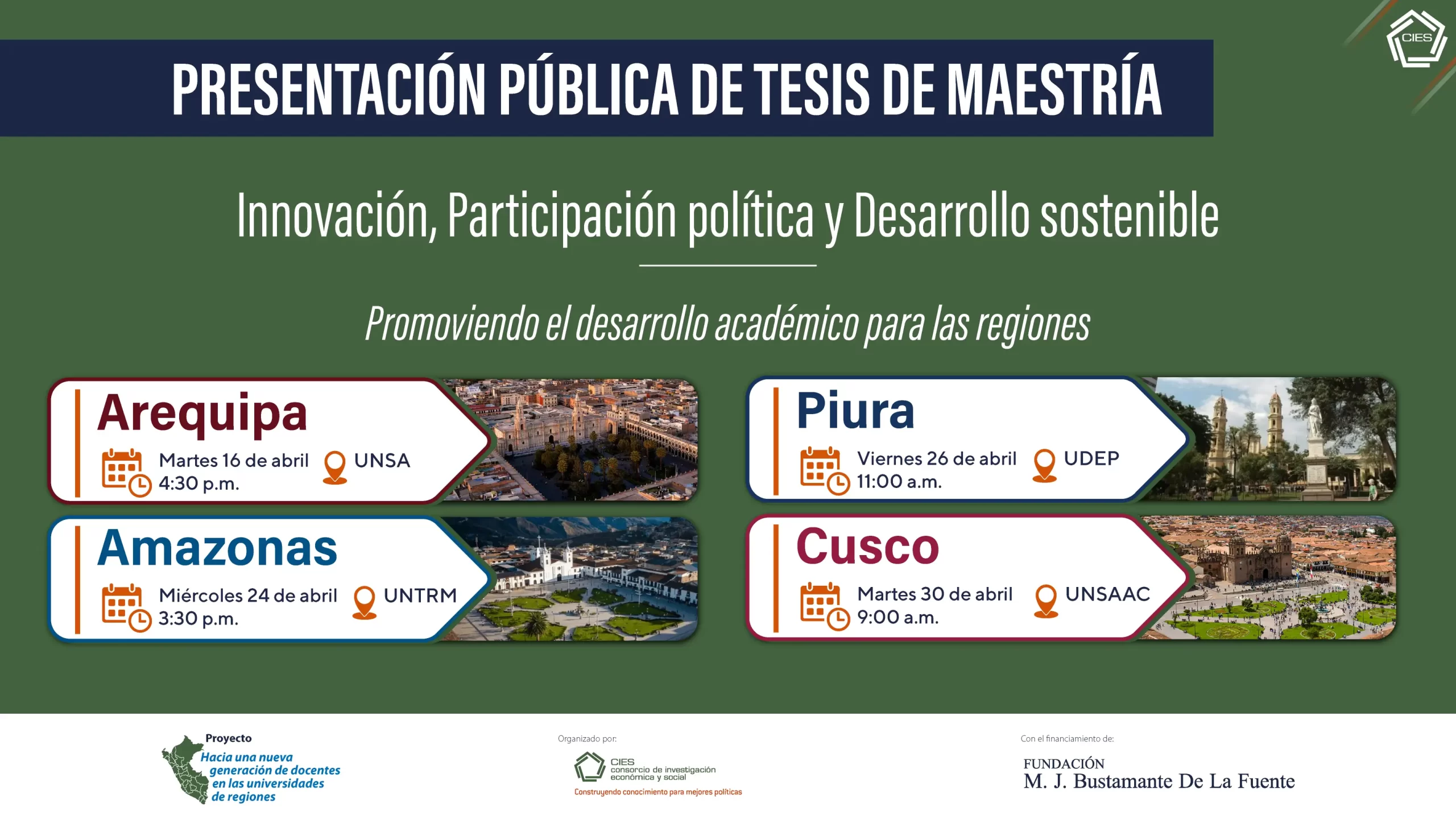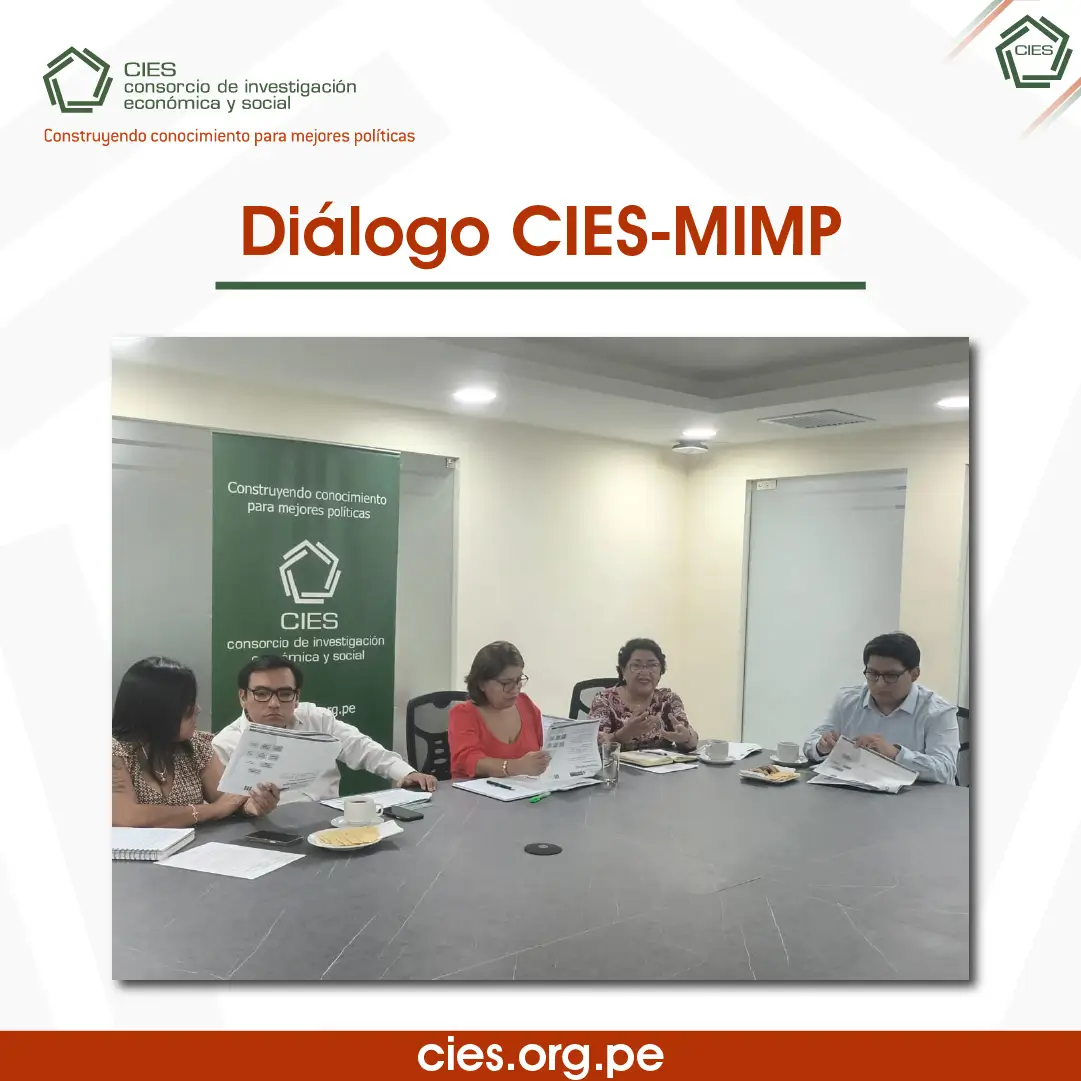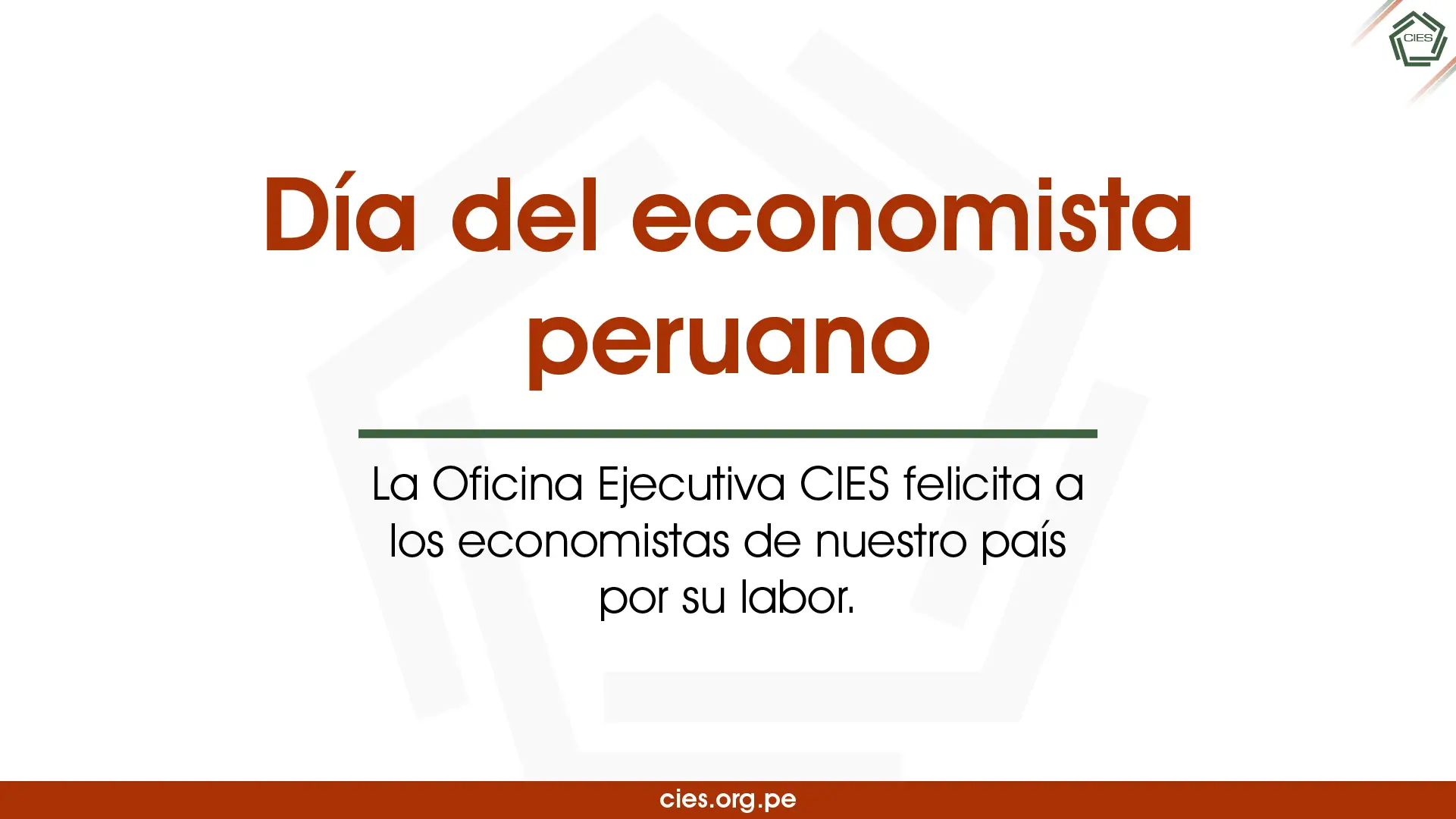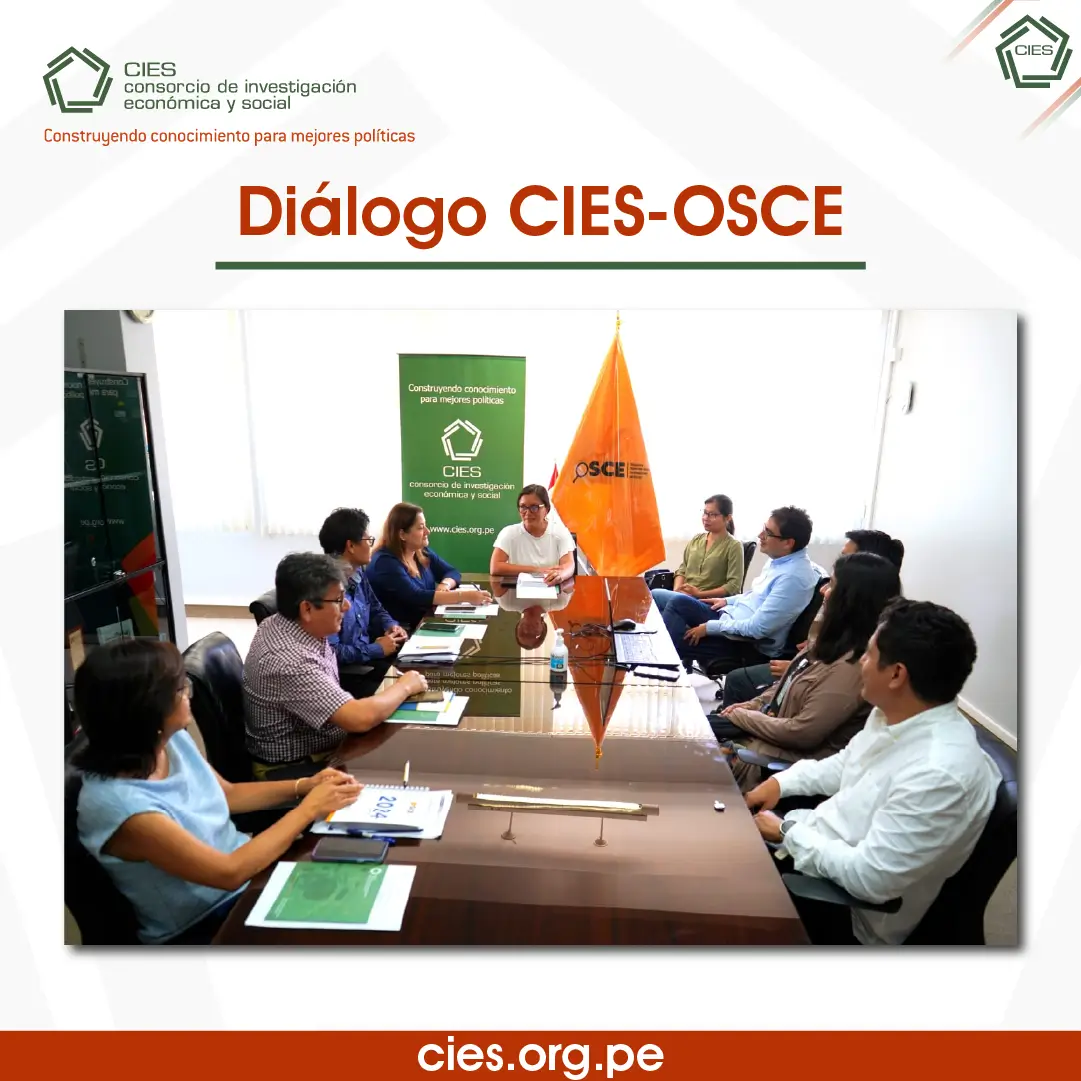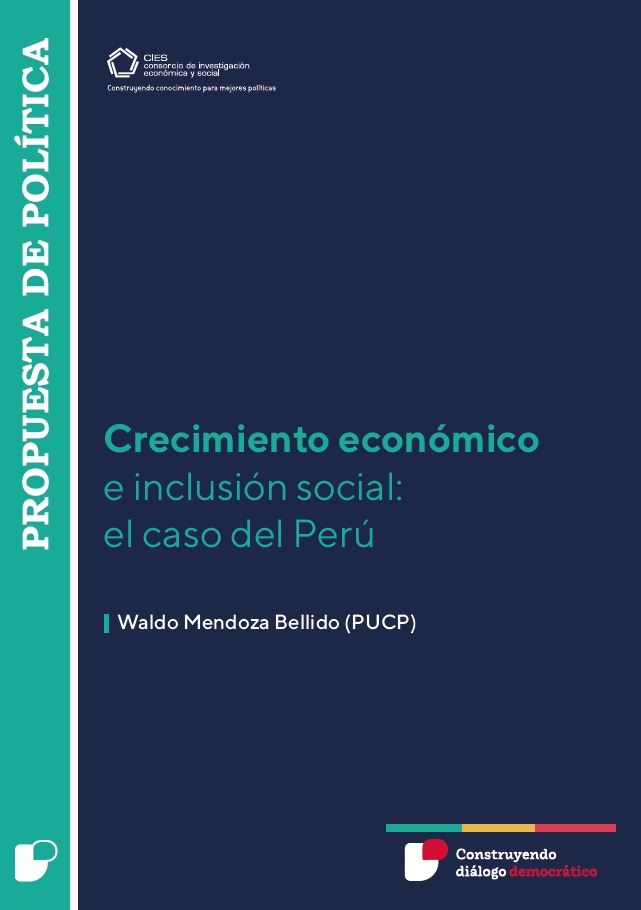
Crecimiento económico e inclusión social: el caso del Perú
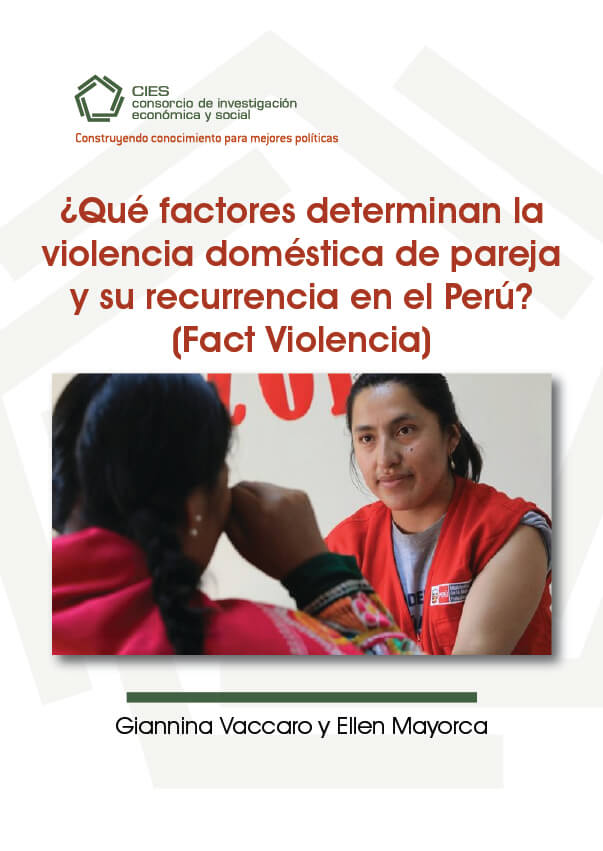
¿Qué factores determinan la violencia doméstica de pareja y su recurrencia en el Perú? (Fact Violencia)
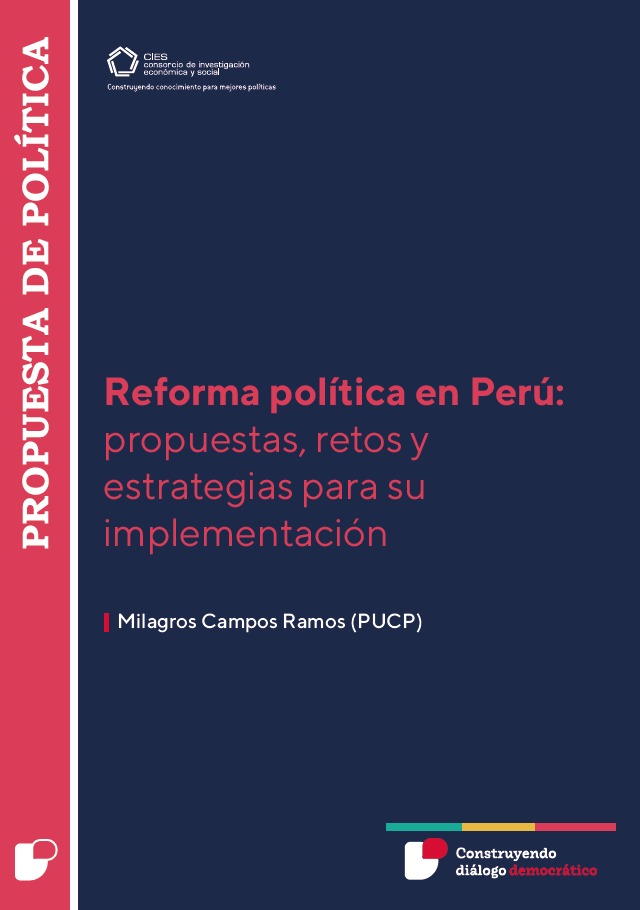
Reforma política en Perú: propuestas, retos y estrategias para su implementación

Crecimiento económico e inclusión social: el caso del Perú

Reforma política en Perú: propuestas, retos y estrategias para su implementación
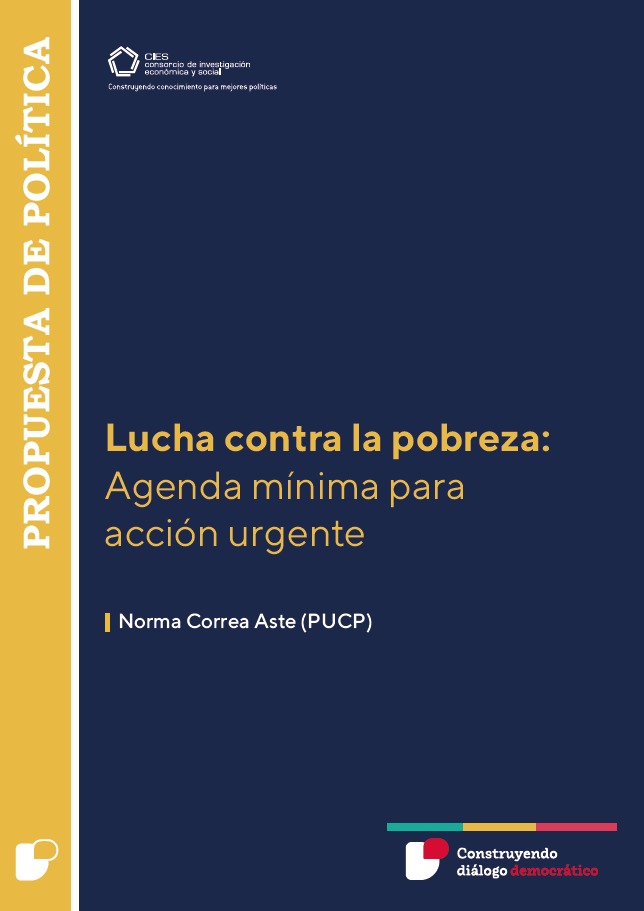
Lucha contra la pobreza: Agenda mínima para acción urgente
Universidades
- Pontificia Universidad Católica del Perú, Departamento de Economía
- Universidad Antonio Ruíz de Montoya
- Universidad de Lima
- Universidad San Martín de Porres, Instituto del Perú
- Universidad del Pacífico, Centro de Investigación
- Universidad Esan
- Universidad Nacional Agraria La Molina
- Universidad Nacional de Ingeniería
- Universidad Nacional del Callao
- Universidad Nacional Mayor de San Marcos
- Universidad Peruana Cayetano Heredia
- Universidad Peruana de Ciencias Aplicadas
- Universidad Católica Sedes Sapientiae
- Universidad San Ignacio de Loyola
- Universidad Católica de Santa María, Arequipa
- Universidad Católica San Pablo, Arequipa
- Universidad Católica Santo Toribio de Mogrovejo, Lambayeque
- Universidad de Piura
- Universidad Nacional de Cajamarca
- Universidad Nacional de la Amazonía Peruana, Loreto
- Universidad Nacional de Piura
- Universidad Nacional de San Agustín de Arequipa
- Universidad Nacional de San Cristobal de Huamanga, Ayacucho
- Universidad Nacional de Trujillo, La Libertad
- Universidad Nacional del Altiplano, Puno
- Universidad Nacional del Centro del Perú, Junín
- Universidad Nacional San Antonio Abad del Cusco
- Universidad Nacional Santiago Antunez de Mayolo, Ancash
- Universidad Nacional Toribio Rodríguez de Mendoza de Amazonas
Centros
- Asociación Benéfica Prisma
- Centro de Estudios para el Desarrollo y la Participación-CEDEP
- Centro de Estudios y Promoción del Desarrollo-DESCO
- Centro Peruano de Estudios Sociales-CEPES
- Grupo de Análisis para el Desarrollo-GRADE
- Apoyo Consultoría
- Instituto de Estudios Peruanos-IEP
- Instituto Nacional de Estadística e Informática-INEI
- Instituto Peruano de Acción Empresarial - IPAE
- Instituto Peruano de Economía - IPE
- Macroconsult
- Seguimiento, Análisis y Evaluación para el Desarrollo-SASE
- Servicios Educativos Rurales- SER
- Sociedad Peruana de Derecho Ambiental-SPDA
- Practical Action



